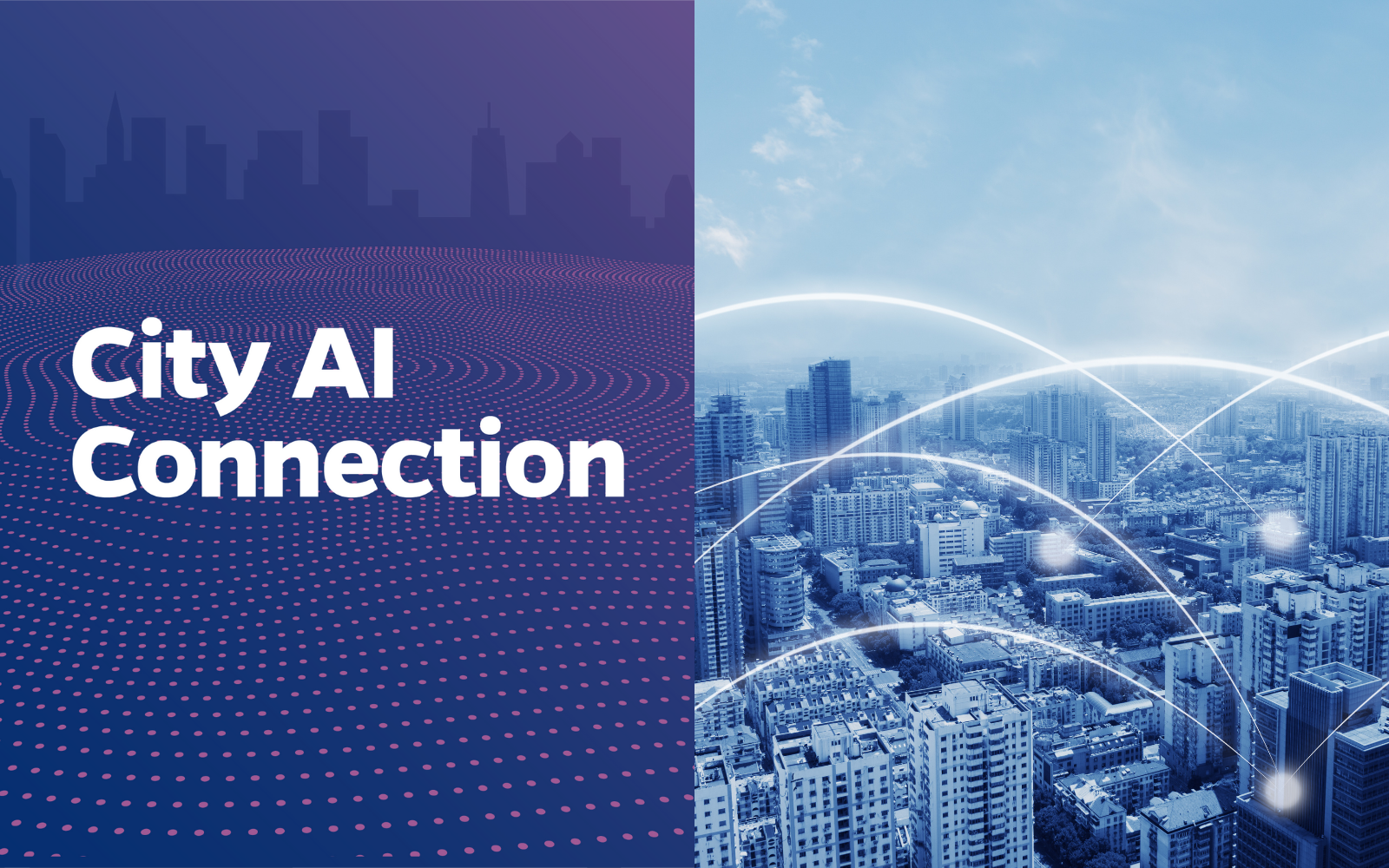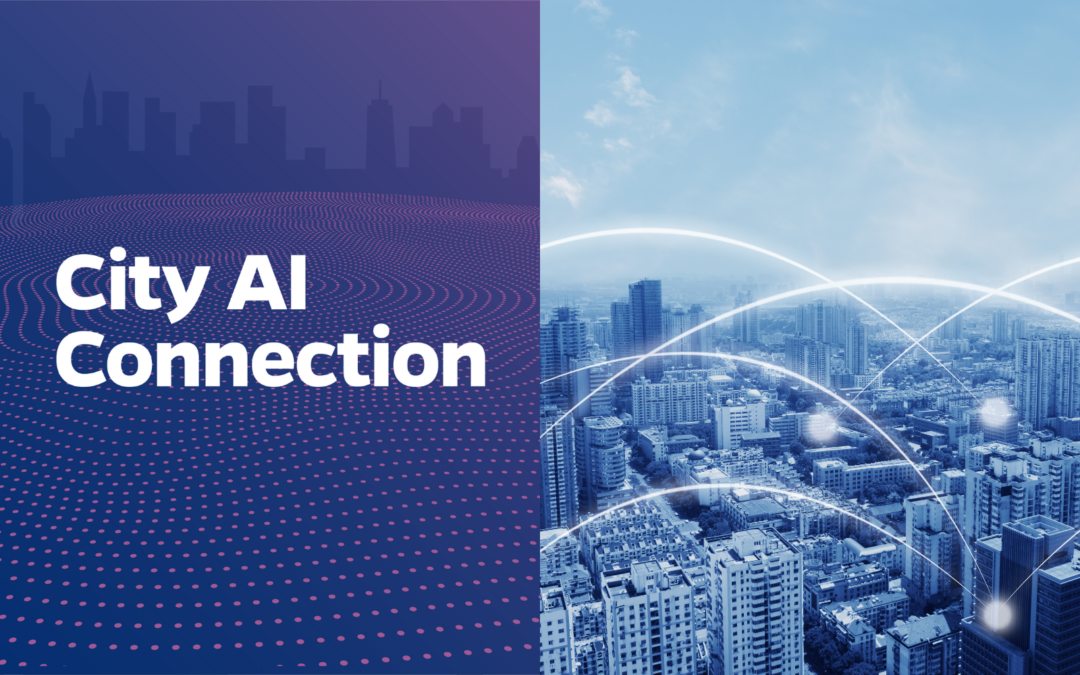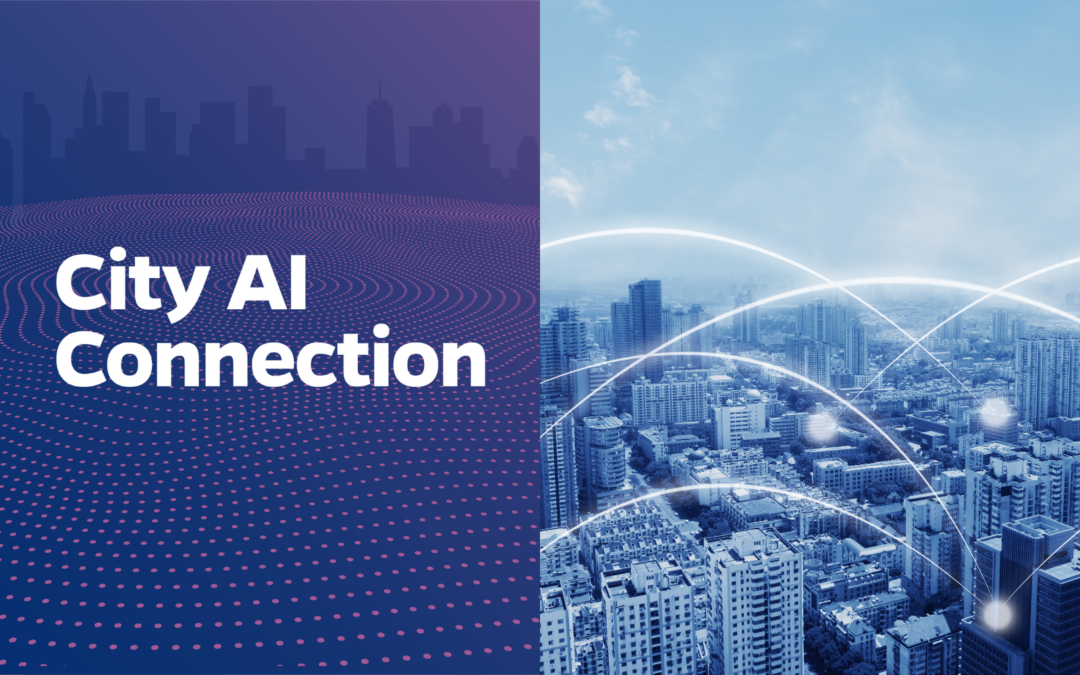
City AI Connection is a series of posts on emerging ideas in artificial intelligence, with a focus on government application. These articles are initially shared exclusively with the City AI Connect community and subsequently with a broader audience via the Bloomberg Center for Government Excellence at Johns Hopkins University website, govex.jhu.edu. City AI Connect is a global learning community and digital platform for cities to trial and advance the usage of generative artificial intelligence to improve public services. The community is open exclusively to local government employees. To join, visit cityaiconnect.jhu.edu.
By Dr. Sara Bertran de Lis
The public sector, like virtually every segment of society, has swarmed around Artificial Intelligence (AI), Generative AI (GenAI), and Machine Learning (ML) in recent years, lured by these new technologies’ seemingly limitless potential to spur innovation and improve the lives of the people governments’ serve. Many city officials are eager to jump into developing AI-related tools, some no doubt worrying that they will be left behind in the rush to adapt this emerging technology.
But given the relative novelty of these new technologies and the rapid pace of their development, it’s important to understand the terms being thrown around. AI, GenAI, and ML, while increasingly integrated into our vocabulary, are often described incorrectly and misunderstood–sometimes even by relatively tech-savvy city staff. To effectively harness the potential of these tools, city officials first need to understand the differences between them and how early adapters are leveraging them.
Artificial Intelligence is a broad term that encompasses methods and approaches that enable computers to mimic human intelligence. AI learns from existing data collected from various sources, but this data is not always error or bias free.
Machine Learning is one way to enable AI. By using statistical techniques and algorithms that allow computers to learn from examples to recognize patterns or make predictions based on existing data, machine learning acts as the brain behind an AI application. Among all the machine learning techniques, artificial neural networks (ANN) are the most frequently used ones due to their high performance. ANN is a type of model that uses nodes (neurons) organized in layers with connectors (synapses), where each node takes information and transforms it.
Machine learning applications are vast and varied, some examples of ML fields that impact city management are:
- Predictive Analytics: Analyzing historical data to forecast future trends. In Los Angeles County predictive models are used to identify people at risk of homelessness, providing an opportunity to deliver services and support aimed at preventing housing loss.
- Natural Language Processing (NLP): Helps computers understand, interpret, and generate human language. NLP powers tools like Arlington’s Citibot, a chatbot that helps residents navigate city services. Other applications include translation tools and voice assistants.
- Computer Vision: Allows computers to interpret visual information from images or videos. Computer vision helps programs like Detroit’s Street View project by analyzing and managing visual assets. Other applications include facial recognition, object detection, or autonomous driving.
Generative AI refers to the use of AI to create new content, like text, images, videos, or music. Machine learning is used to learn patterns in human-created content to then produce new material. GenAI became popular in 2023 thanks to tools like ChatGPT and its user-friendly interface, making AI interactions more natural and intuitive.
Sometimes, though, these technical distinctions can blur and overlap. AI tools can use a combination of ML and GenAI. For example, a chatbot is a generative AI application that employs natural language processing powered by machine learning algorithms.
A helpful way to remember the roles and functions of AI, GenAI, and ML, is that artificial intelligence is the overarching domain, machine learning is its backbone, and generative AI represents AI’s creative arm.
By understanding these distinctions and applications, city staff can better navigate the technological landscape to put AI systems to work ethically and effectively.
To learn more about real and potential use cases for these new technologies, revisit our recent City AI Connect webinar where Beth Blauer, Associate Vice Provost of Public Sector Innovation at Johns Hopkins, and I discussed the risks and rewards of a wide range of ways cities are using – or are considering using – AI and GenAI.
Dr. Sara Betran De Lis is the Director of Research and Analytics for the Bloomberg Center for Government Excellence.



